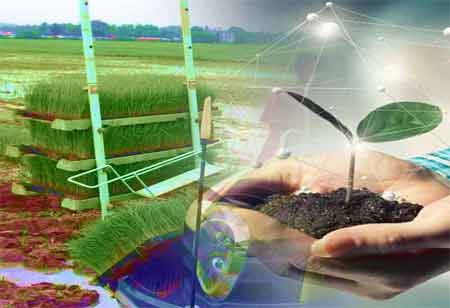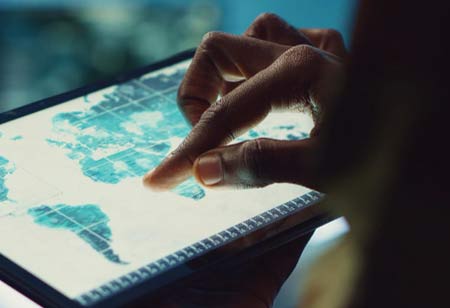Thank you for Subscribing to Environmental Business Review Weekly Brief
Applications of Wireless Technologies in Weather Forecasting and Monitoring
Wireless devices are pivotal in modern weather monitoring and forecasting, revolutionizing how meteorological data is collected, transmitted, and analyzed

By
Environmental Business Review | Tuesday, January 23, 2024
Stay ahead of the industry with exclusive feature stories on the top companies, expert insights and the latest news delivered straight to your inbox. Subscribe today.
Advancements in wireless communication have facilitated the development of sophisticated radar systems.
FREMONT, CA: Wireless devices are pivotal in modern weather monitoring and forecasting, revolutionizing how meteorological data is collected, transmitted, and analyzed. A significant aspect of wireless technology in weather monitoring is the deployment of remote sensors. The role of wireless devices in weather monitoring and forecasting is transformative, shaping how meteorologists collect, transmit, and analyze data. From remote sensors and satellites to UAVs and IoT-connected devices, wireless technologies have significantly improved the accuracy and timeliness of weather predictions. The seamless communication enabled by high-speed networks facilitates global collaboration, contributing to advancements in meteorological research and the development of more reliable forecasting models.
The wireless connectivity allows real-time data transmission, enabling meteorologists to access critical information promptly. The widespread sensor network enhances the spatial resolution of weather data, providing a more comprehensive understanding of local weather patterns. Satellites equipped with wireless communication systems are integral to global weather monitoring. They capture vast amounts of data, including cloud cover, precipitation, and sea surface temperatures. The ability to transmit this data wirelessly to ground stations facilitates rapid analysis and integration into weather models. Meteorologists can track large-scale weather systems, monitor climate phenomena and improve long-term forecasting accuracy.
Wireless devices contribute to weather forecasting through improved communication infrastructure. High-speed wireless networks enable seamless data transmission between weather monitoring stations, research institutions, and meteorological agencies. It facilitates collaborative efforts and data sharing on a global scale, fostering international cooperation in weather prediction and disaster preparedness. Drones equipped with wireless sensors have emerged as valuable tools in weather research. Drones can navigate through the lower atmosphere, collecting data in areas challenging for traditional methods.
The wireless connectivity allows for real-time data streaming, aiding in the rapid response to evolving weather conditions and enhancing the accuracy of short-term forecasts. IoT plays a significant role in weather monitoring by interconnecting many devices and sensors. Smart weather stations, embedded with wireless capabilities, can be installed in homes, schools, and businesses, creating a dense network of localized weather data sources. The grassroots approach improves the granularity of weather information and engages the public in contributing to the overall understanding of local weather patterns.
Dual-polarization radars, for example, employ wireless technology to transmit and receive signals in both horizontal and vertical polarizations. It enhances the accuracy of precipitation identification and helps meteorologists differentiate between rain, snow, and hail, improving the precision of weather forecasts. Often employed in weather forecasting models, ML algorithms benefit from the rapid data transmission enabled by wireless devices. The algorithms analyze vast datasets in real-time, identifying patterns and trends that contribute to more accurate predictions. The integration of wireless technology accelerates the model training process and enhances the adaptability of forecasting systems to changing atmospheric conditions.
More in News





